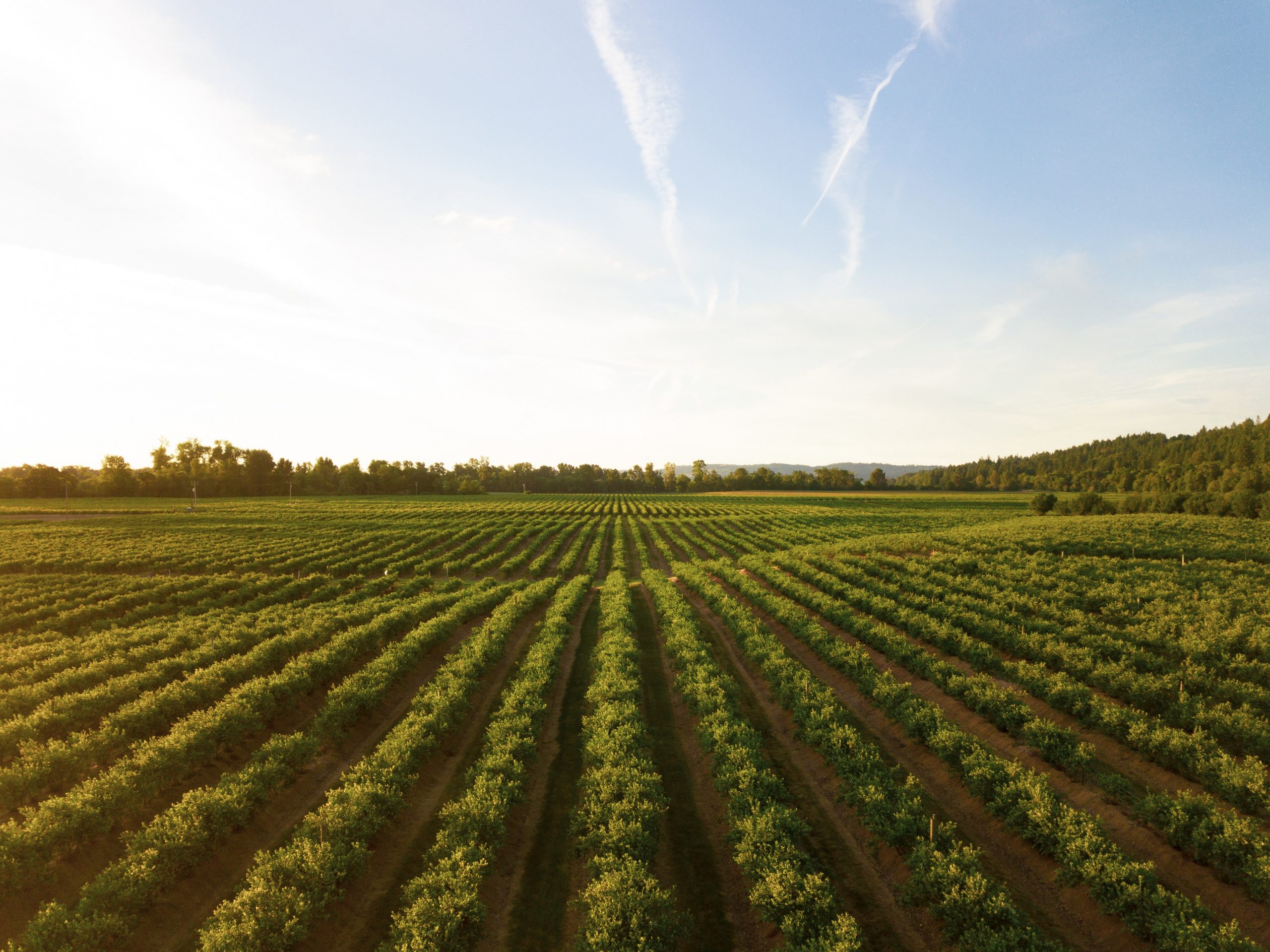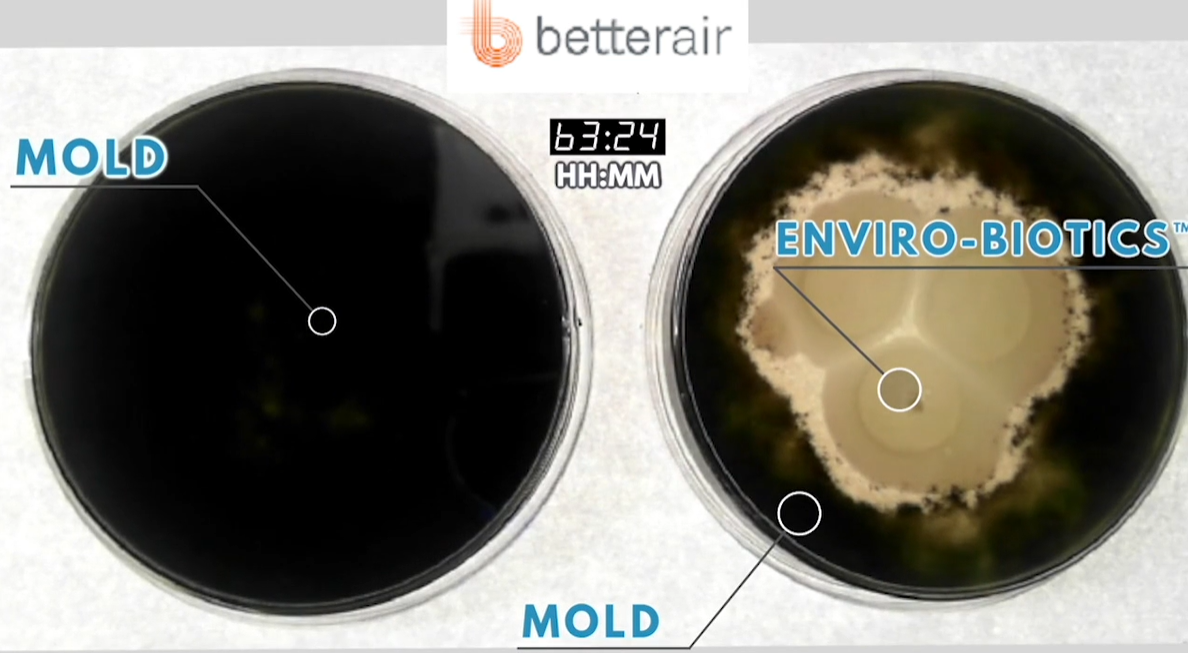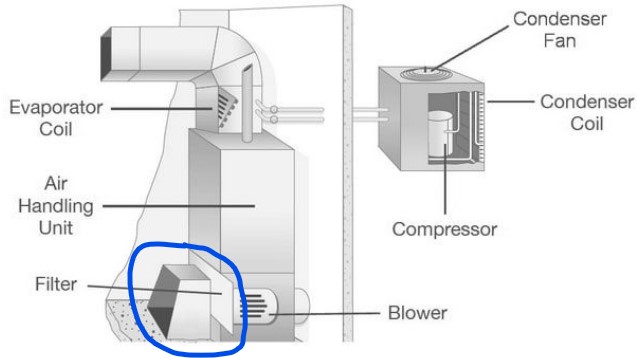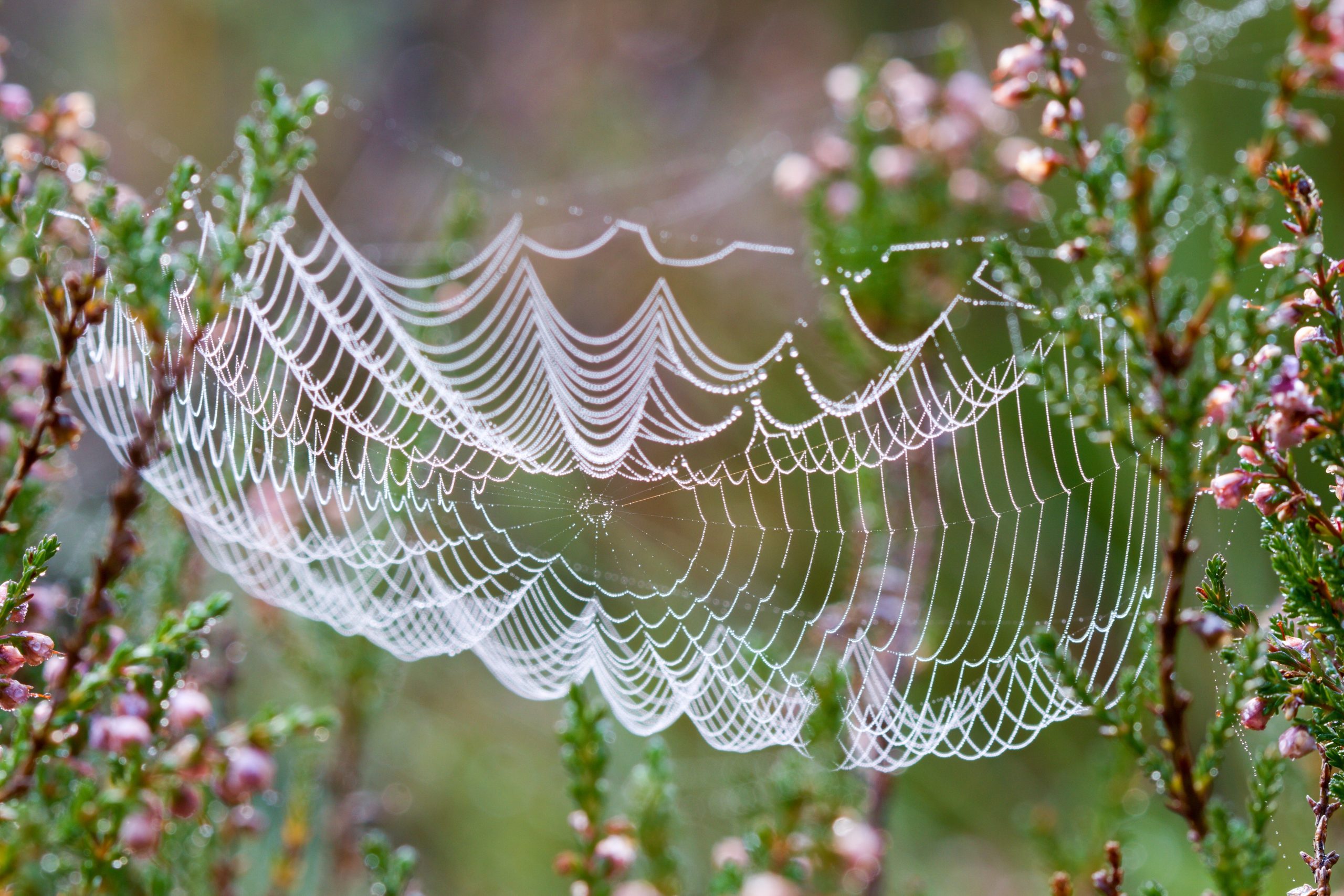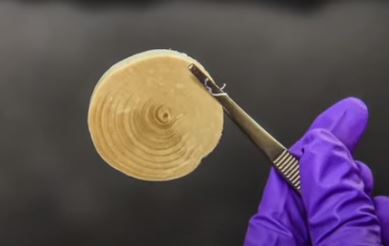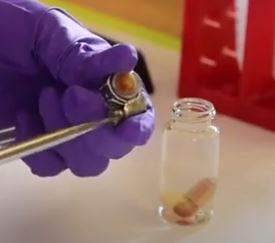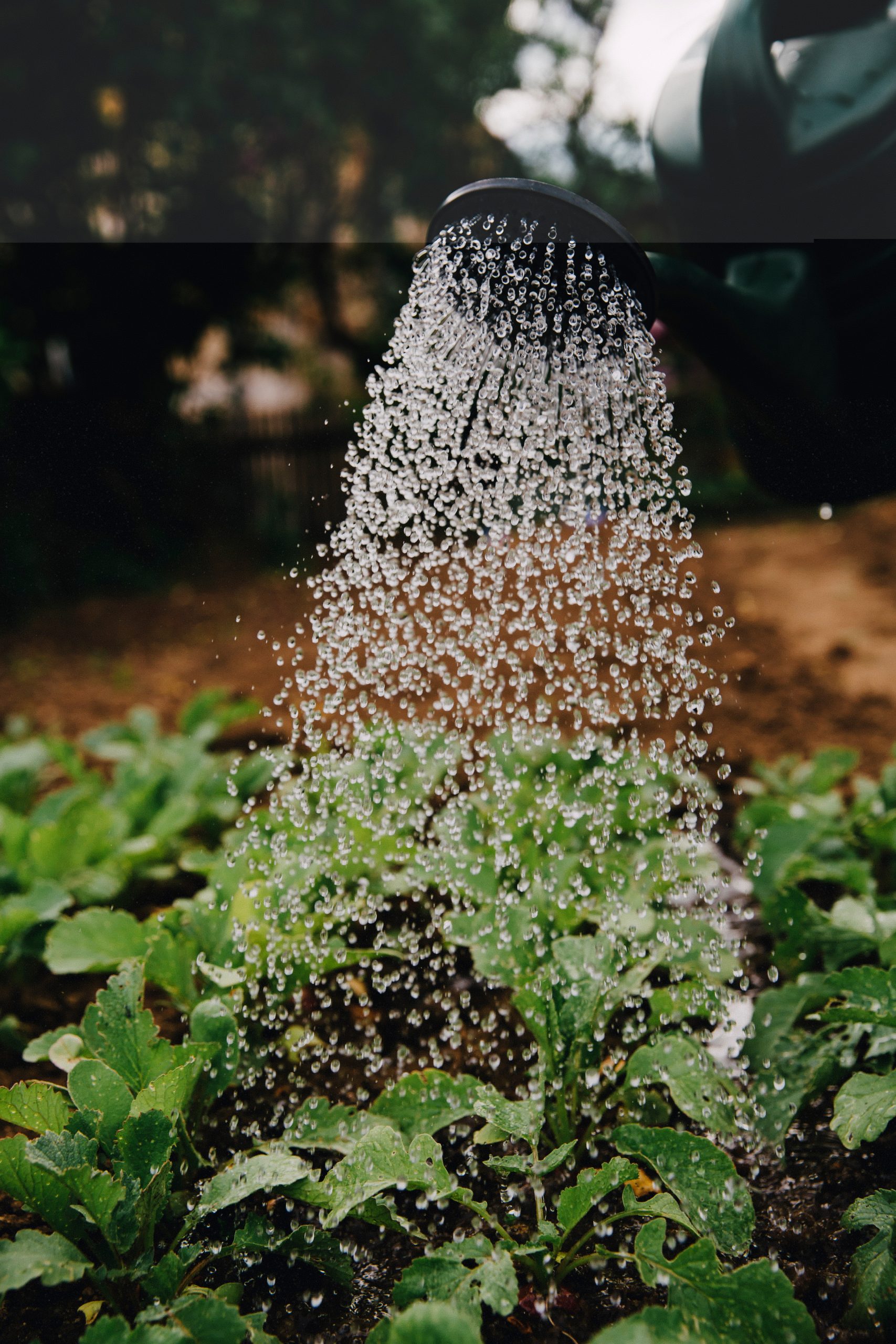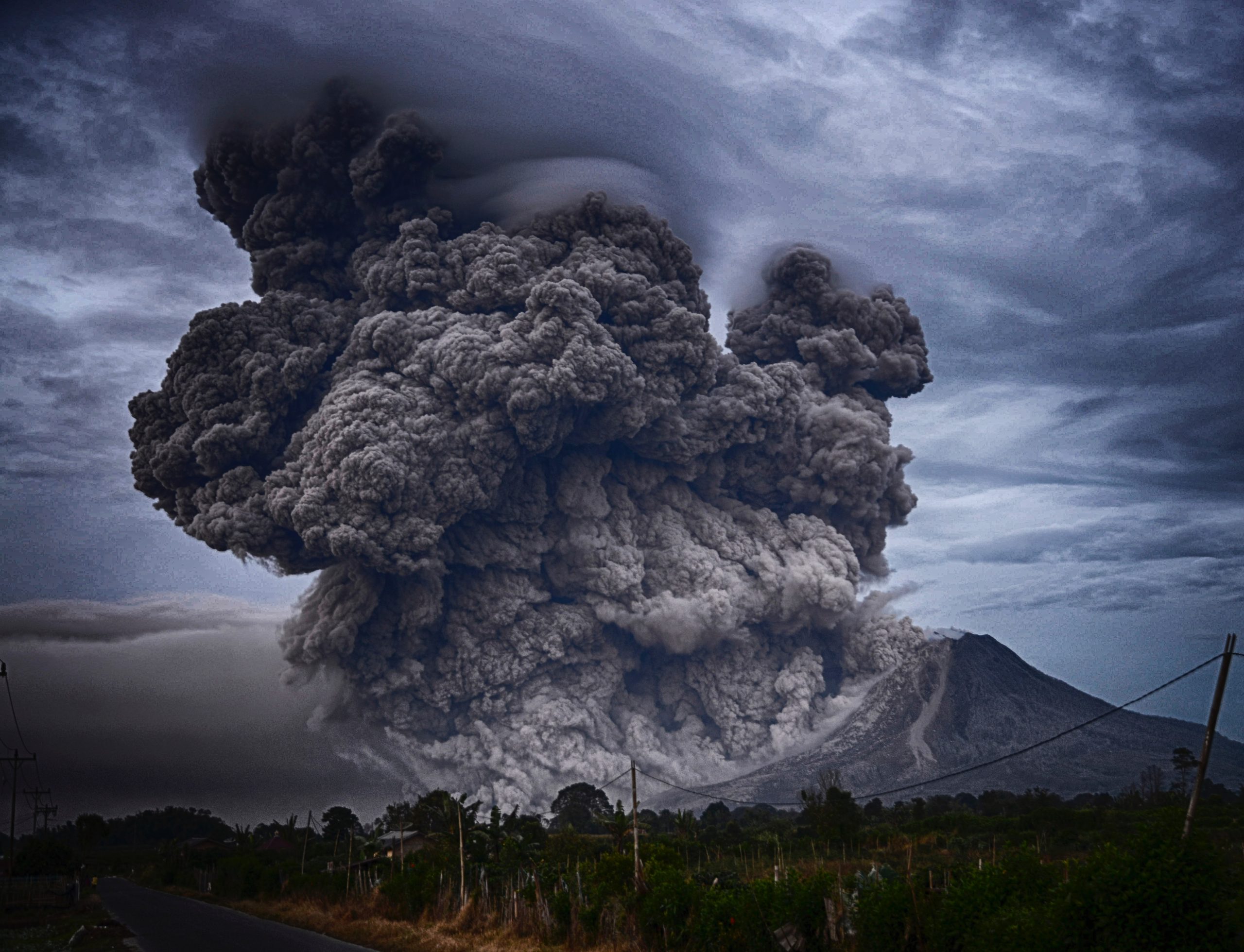What does living near a farm mean? It’s not all cute baby animals.
What does living near a farm mean? It’s not all cute baby animals.
I didn’t grow up near a farm, but I spent a lot of time on one. My mother’s uncle was a farmer who raised soybeans, corn, a few pigs and an extensive home garden. Although my sister and I had to shell a lot of peas and shuck a lot of corn, we also got to play on the hay bales and jump in the soybean pile when the adults weren’t looking. Farms through the eyes of a child are wonderful until we really learn what makes the garden grow (and not be eaten up by pests).
I feel for farmers. They are at the mercy of the weather (which has been crazy during the past few years) and pests, as well as an economy that expects perfect specimens of fruits, vegetables and meats delivered to their front door (literally) for the cheapest price possible. Although I’m indebted to farms for providing the food I buy at the supermarket, I wouldn’t want to live near one. At least not the kind that produces non-organic food for the supermarket, because it takes a lot of pesticides, herbicides and fertilizers in order to get that kind of production to a profitable level.
Application of pesticides is often done by airplane, and low level pesticide vapors that are present in the air linger for days and sometimes weeks after application on food crops. Some pesticides react with sunlight (in a process known as photolysis) to form new chemicals that are more toxic than the original. (Living Near Agriculture Increases Health Problems)
Many studies show that adverse effects from pesticides can be seen in people living up to one mile away from where they are sprayed. In rural areas where farms abound, it can be difficult to stay out of this zone, and for the farmer’s family, it’s a fact of life Some of the diseases which have higher rates surrounding farms include:
- Diabetes: 21 studies presented at the 2015 European Association for the Study of Diabetes show pesticides increase the risk of diabetes by 61%.
- Birth defects: According to this 2001 study, ifpesticide exposure of pre-born babies occurred between the 3rd and 8th week of pregnancy, there was a 40% increase in major birth defects ending in fetal death.
- Brain cancer: Researchers from the Boston University School of Public Health compared the home locations of approximately 1000 cancer patients to the home locations of 1000 patients dying of illnesses not related to cancer. Results showed that living within 2600 feet of the cranberry growing area resulted in twice the risk for all brain cancers and nearly a 7-fold increased risk for a type of brain cancer known as astrocytoma.
- Autism: the study, “Maternal Residence Near Agricultural Pesticide Applications and Autism Spectrum Disorders among Children in the California Central Valley” showd that the risk of having a child with Autism Spectrum Disorder (ASD) was 7.6 times higher than normal if their homes were located within 500 meters (< 1/3 mile) from pesticide treated fields, crops were treated using the pesticides dicofol and endosulfan, and the pesticides were applied between week 1 and week 8 after conception. The risk of ASD increased with the pounds of pesticide used and decreased with distance from the treated fields.
- And many more, including infertility, miscarriage, Parkinson's Disease, immune system damage, leukemia, developmental brain damage in children, higher rates of child cancers, non-Hodgkin's lymphoma, autoimmune disorders, arthritis and lupus.
Many of these diseases can be prevented by our body’s own first line of defense, a liver enzyme known as cytochrome P-450. It breaks down pesticides in the blood into a less toxic form. Some people, however, have only 1/3rd the normal levels of these important enzymes, and therefore, would have higher levels of pesticides in their blood for longer periods of time, thereby resulting in more harm from the chemical. In addition, Glyphosate residues are found in the main foods of the Western diet, comprised primarily of sugar, corn, soy and wheat. Glyphosate, the active ingredient in Roundup®, is the most popular herbicide used worldwide. Glyphosate's inhibition of cytochrome P450 (CYP) enzymes is an overlooked component of its toxicity to mammals. (Glyphosate’s Suppression of Cytochrome P450 Enzymes and Amino Acid Biosynthesis by the Gut Microbiome: Pathways to Modern Diseases)
What about livestock farms? Like other industries, farms tend to survive by merging, and the largest livestock farms are termed “CAFOs” for Concentrated Animal Feeding Operations. CAFOs are agricultural meat, dairy, or egg facilities where animals are kept and raised in confinement. Instead of grazing or eating in pastures, fields, or on range lands, animals are given food. The animals, feed, waste, and production operations are all confined to a small area of land. (Environmental Health: Concentrated Animal Feeding Operations (CAFOs)) CAFOs are not all bad: Potential benefits of CAFOs include an economy of scale that affords more efficient sewage and manure management and, in some cases, improved control of some pathogens. For example, trichinosis from pork has been significantly reduced by the improved rodent control made possible by confined feeding operations. (Exploring Health and Environmental Costs of Food: Workshop Summary.)
According to a 2017 commentary, livestock farms–particularly poultry and swine barns–emit large amounts of dust particles from manure, bedding material, straw, animal feed, feathers, skin flakes, and hair. The dust may be contaminated with bacteria and viruses that are mostly harmless for humans, although pathogenic organisms such as avian influenza virus (bird flu) or coxiella burnetii, the bacterium causing Q-fever, can under certain circumstances be found in the air near farms. Farm operations also emit a mixture of gasses such as ammonia, an irritant gas that is formed by enzymes in animal waste. Ammonia is primarily emitted by cattle farms, and by the application of manure to agricultural land. Ammonia reacts with combustion-derived gases in the atmosphere (primarily from industrial and traffic emissions) to form secondary inorganic aerosols, which contribute to fine dust air pollution. (Is Living Near a Farm Bad for Your Health?)
A 2021 study found that US agriculture results in 17,900 deaths (range across models: 15,600 to 20,300) per year via reduced air quality,
- Damages are driven by NH3 (ammonia) emissions (12,400 deaths; 69% of total) mainly from livestock waste and fertilizer application. At many beef, pork and dairy facilities, animal waste is stored in massive “lagoons,” such as the one near Herring’s mother’s home in Duplin County. There, the microbes that break down feces release huge amounts of ammonia. Many facilities spray nitrogen-rich liquid waste on nearby farm fields, another source of contamination. (Air pollution from farms leads to 17,900 U.S. deaths per year, study finds)
- Primary PM2.5 is also a major contributor (4,800 deaths, 27% of total), largely from dust from tillage, livestock dust, field burning, and fuel combustion in agricultural equipment use.
- NOx, SO2, and NMVOCs are minor contributors (collective total: 700 deaths; 4% of total).
- Areas causing the greatest damages are spatially concentrated, with the top 10% of the most damaging counties (308 counties) together responsible for 8,400 deaths per year (47% of total deaths). These counties are mainly located in California, Pennsylvania, North Carolina, and along the Upper Midwest Corn Belt.
According to a study performed in the Netherlands with 2500 neighboring residents of livestock farms, ambient ammonia concentrations were associated with worse lung function, and people living closer to poultry and goat farms were at increased risk of pneumonia. The location of the study in the southeast Netherlands is very informative, as it is densely populated and also a region of intensive swine, poultry, cattle and goat farming. As a result of the research, the Dutch government planned to reduce poultry barn emissions by 50% over the following ten years.
On the bright side, the same Dutch study found that people who lived within about 1,000 feet of livestock were 27 percent less likely to have allergies than those who lived farther away. Specifically, people living within about 1,600 feet of a pig farm were 37 percent less likely to have allergies than those who lived more than roughly 1,900 feet away. And living no more than 1,300 feet from a cattle farm was linked with a 32 percent lower risk for allergies, the study found.
According to Dr. Alan Mensch, a pulmonologist at Plainview and Syosset Hospitals on Long Island, N.Y., "elevated levels of components of [potentially protective] gram-negative bacteria were prominent in the atmosphere around farms and downwind in areas in close proximity to farms.” These "helpful" bacteria may bolster the human microbiome -- the collection of trillions of helpful germs living in our bodies. And "the less we are exposed to various microbiomes prevalent on livestock farms, the more likely are we to develop allergic diseases," he theorized. (Even Living Near a Farm Might Help Prevent Allergies)
Water quality is also a concern when living near a farm. Farms can contaminate groundwater by agricultural runoff from poorly managed animal feeding operations, overgrazing, overworking the land (for example, plowing too often), or poorly managed and ineffective application of pesticides, irrigation water, and fertilizer. (Water Contamination) Therefore, you should get a water test done of any well water on a property near a farm before purchasing, because chemicals could make the water undrinkable, and microbes such as E.Coli could require purification equipment.
Farms are necessary, for sure, but their use of large amounts of chemicals and densely-packed animals can make them poor neighbors. Since we can get dangerous pesticides into our bodies without even living near farms (this article tells how one such chemical is ingested and its use being deregulated), are the additional risks that come with living near a farm worth the “peaceful” atmosphere? It’s a complex question that is likely split between those who have not had serious health issues, and those who have (similar to those sensitive to mold). Once again, research and divine guidance are the best ways to answer the question for yourself!
Photo by Dan Meyers on Unsplash

